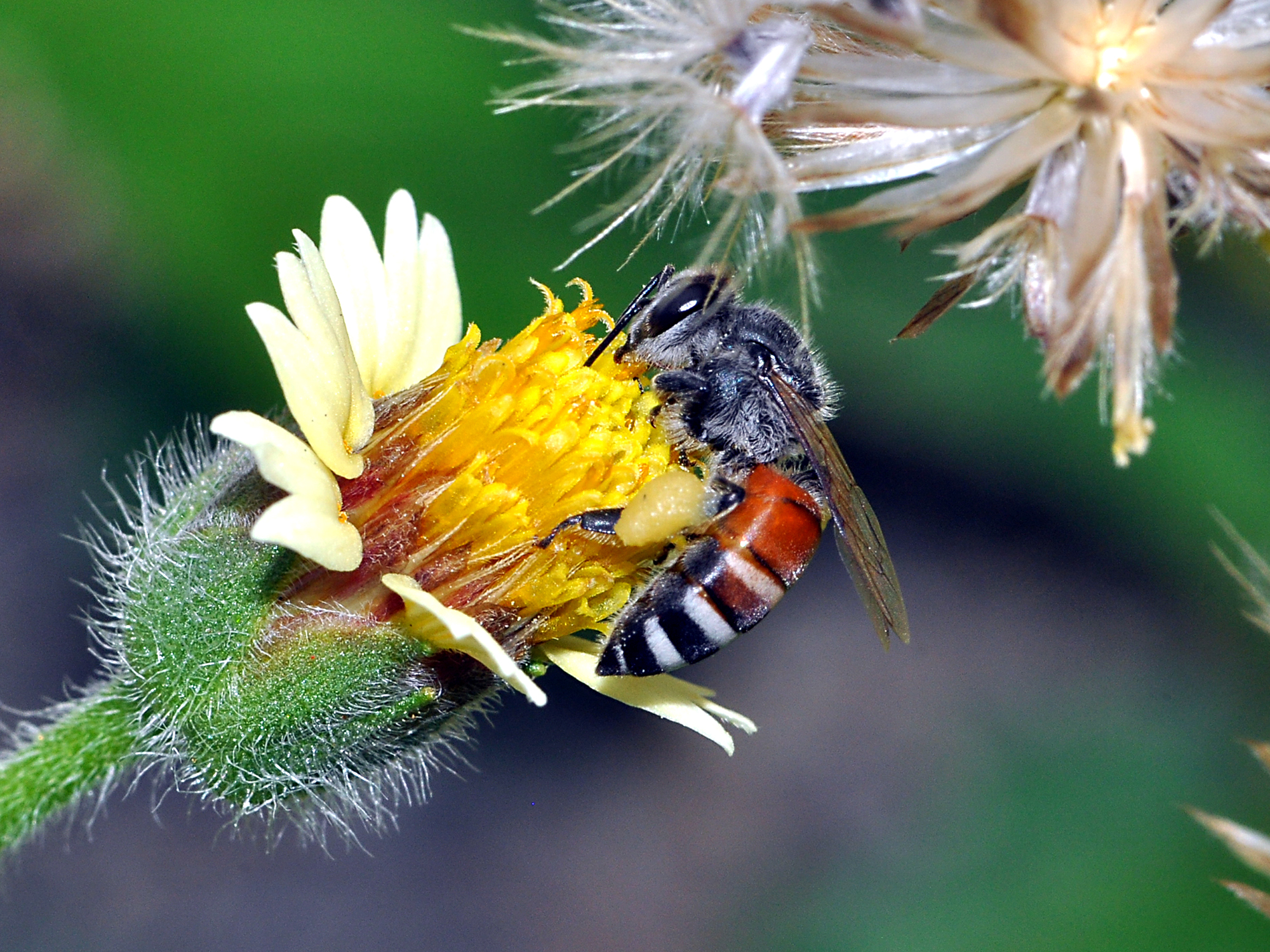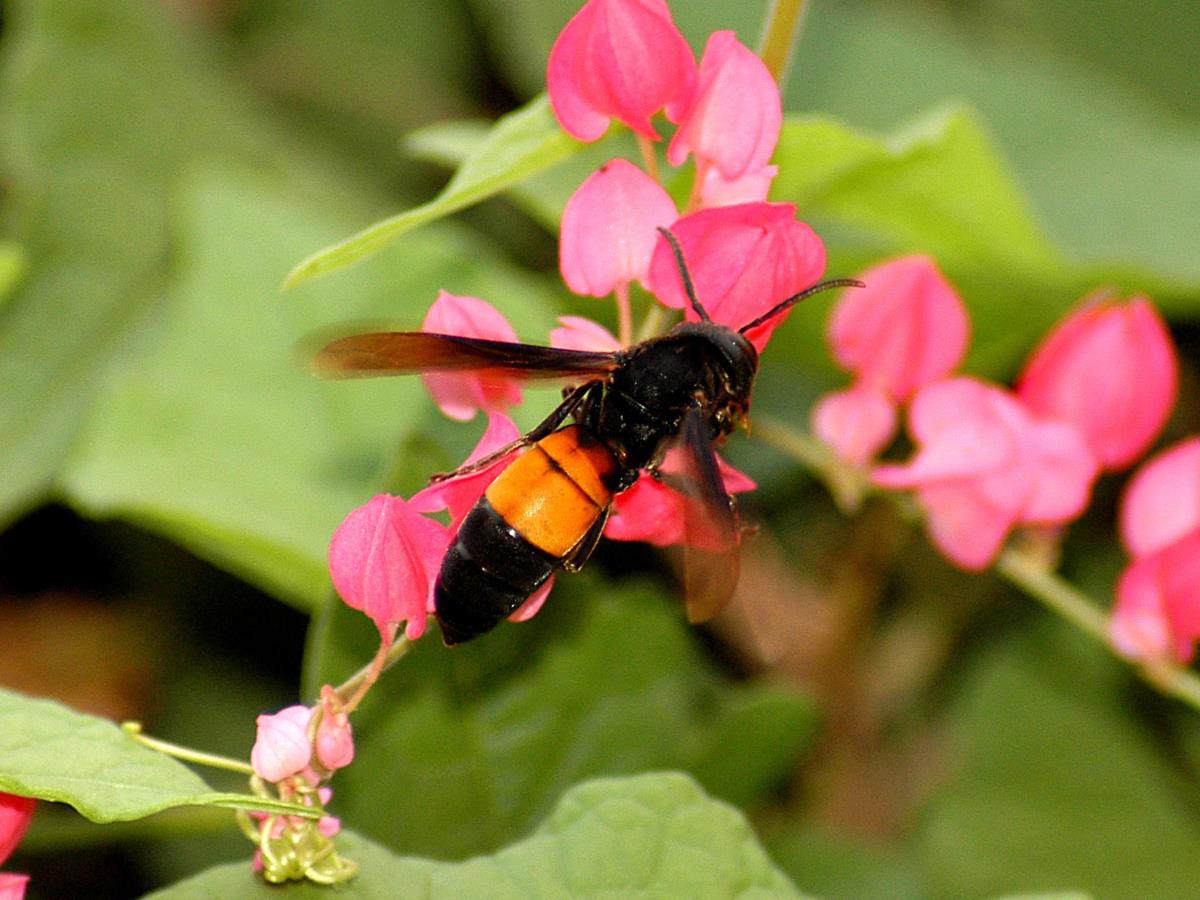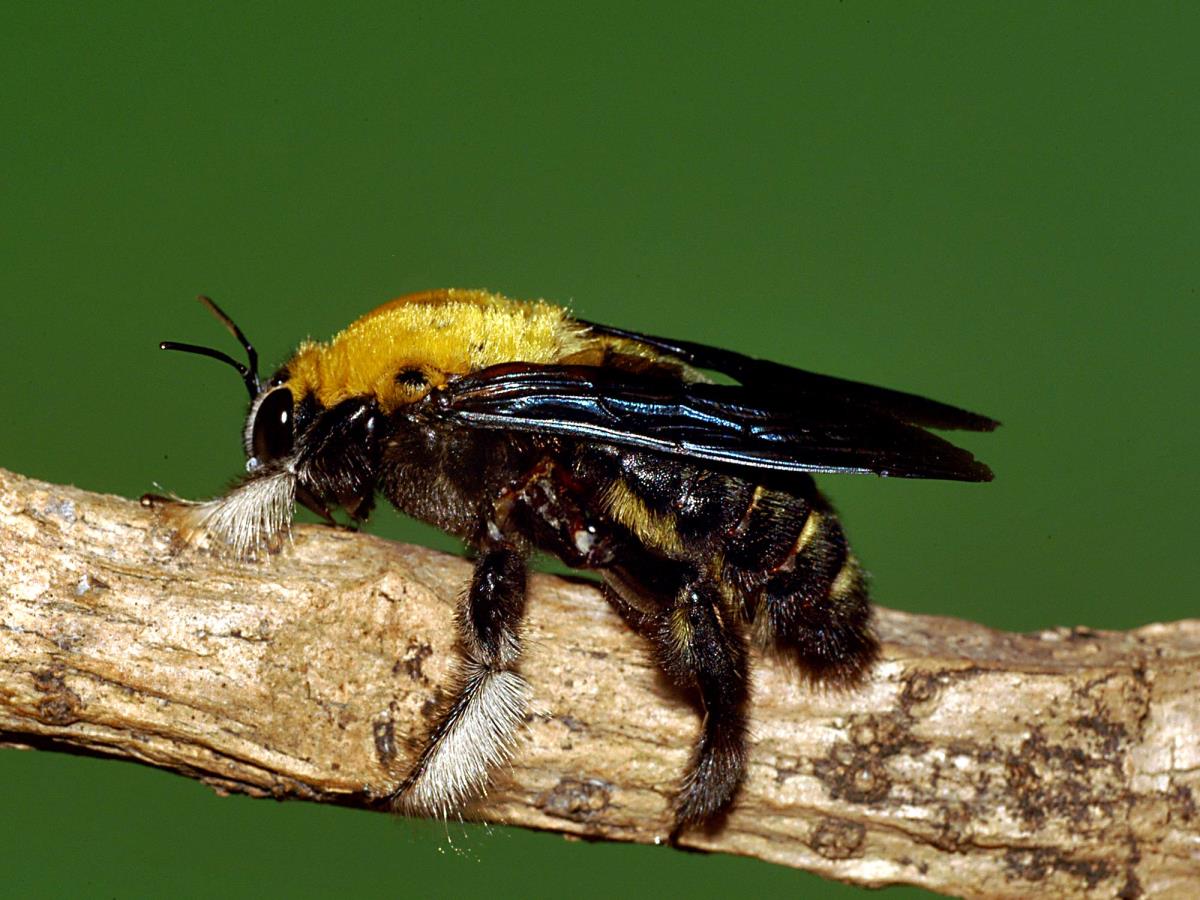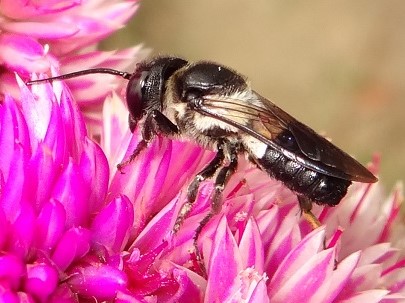Honey Bees of Jurong Lake Gardens
Honey bees are highly social bees of the genus Apis. They are native to Eurasia and Africa but certain species have been distributed worldwide (except Antarctica) by people for honey production. They are known for their complex social systems and nests, which are combs made from wax.
Their primary diet is nectar and pollen. They are generalist pollinators that visit a wide range of flowers with easily accessible pollen and nectar. Usually, an individual scout bee searches for flowers using a combination of sight and smell. It then communicates its location to others by doing a dance. By rapidly recruiting its sister worker bees, it can efficiently collect large amounts of pollen.
Caution should be taken when a hive is found as honey bees will readily sting to protect their home when threatened or disturbed. However, they are docile and safe when foraging away from their nest.
Four species of honey bees are found in Singapore:
Asian Honey Bee
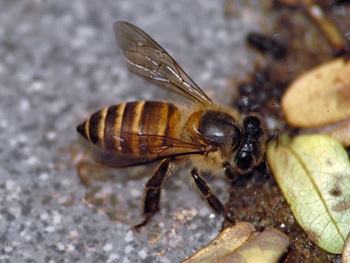 Photo credit: John X. Q. Lee Photo credit: John X. Q. Lee |
| Scientific name: | Apis cerana |
| Common name: | Asian Honey Bee |
| Family: | Apidae |
 11–14 mm 11–14 mm |
 What does it look like?
What does it look like?
This species has yellow and brown/black bands. It is smaller than the Giant Honey Bee and has an additional brown/black band across the abdomen. It is the most common bee in Singapore.
 Behaviour and Ecology
Behaviour and Ecology
They usually build their nests in enclosed areas, such as tree holes. In urban environments, they might also use upturned pots and roofs. Their hives consist of multiple wax combs lined parallel to one another.
Giant Honey Bee
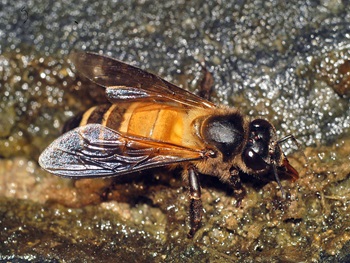 Photo credit: John X. Q. Lee Photo credit: John X. Q. Lee |
| Scientific name: | Apis dorsata |
| Common name: | Giant Honey Bee |
| Family: | Apidae |
 17–19 mm 17–19 mm |
 What does it look like?
What does it look like?
The largest of the honey bee species found in Singapore, it has one less brown/black band at the top of the abdomen as compared to the Asian Honey Bee.
 Behaviour and Ecology
Behaviour and Ecology
It is more commonly found in forested areas where it builds its nest hanging from tree branches. The nests usually consist of a large, open single comb that may support up to 100,000 workers. It is aggressive when its nest is provoked, but this has not stopped the indigenous people of Southeast Asia from collecting the beeswax and honey produced by this species.
Unlike other honey bee species, it can actively forage after dusk and is often attracted to artificial light sources.
Black Dwarf Honey Bee
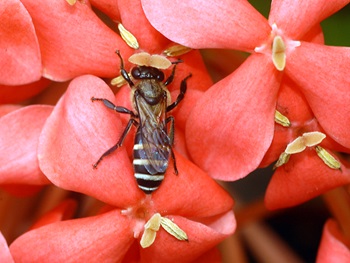 Photo credit: John X. Q. Lee Photo credit: John X. Q. Lee |
| Scientific name: | Apis andreniformis |
| Common name: | Black Dwarf Honey Bee |
| Family: | Apidae |
 7–8 mm 7–8 mm |
Red Dwarf Honey Bee
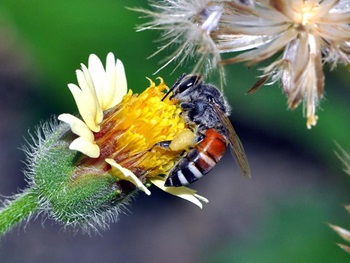 Photo credit: John X. Q. Lee Photo credit: John X. Q. Lee |
| Scientific name: | Apis florea |
| Common name: | Red Dwarf Honey Bee |
| Family: | Apidae |
 7–8 mm 7–8 mm |
 What do they look like?
What do they look like?
The smallest of the honey bee species, the Red Dwarf Honey Bee can be told apart by its reddish orange colouration on the first few segments of its abdomen as compared to the black colouration of the Black Dwarf Honey Bee. In addition, the Red Dwarf Honey Bee has a grey thorax while the Black Dwarf Honey Bee has a brown one.
 Behaviour and Ecology
Behaviour and Ecology
These bees are fairly common in our parks and gardens. In contrast to the Giant Honey Bee, they build their nests lower in vegetation. They apply a band of sticky plant resin to the twigs supporting their small, single-comb nest to keep out ants that may try to attack them. They are naturally nomadic, and will abandon their hive to find a new nesting site within three to six months.
Dwarf Honey Bees are not regarded as dangerous and aggressive, only attacking in cases of severe disturbance to their nest. Furthermore, their stings are inefficient and do not pierce the skin of adults easily.
Banner: Red Dwarf Honey Bee. Photo credit: John X. Q. Lee


